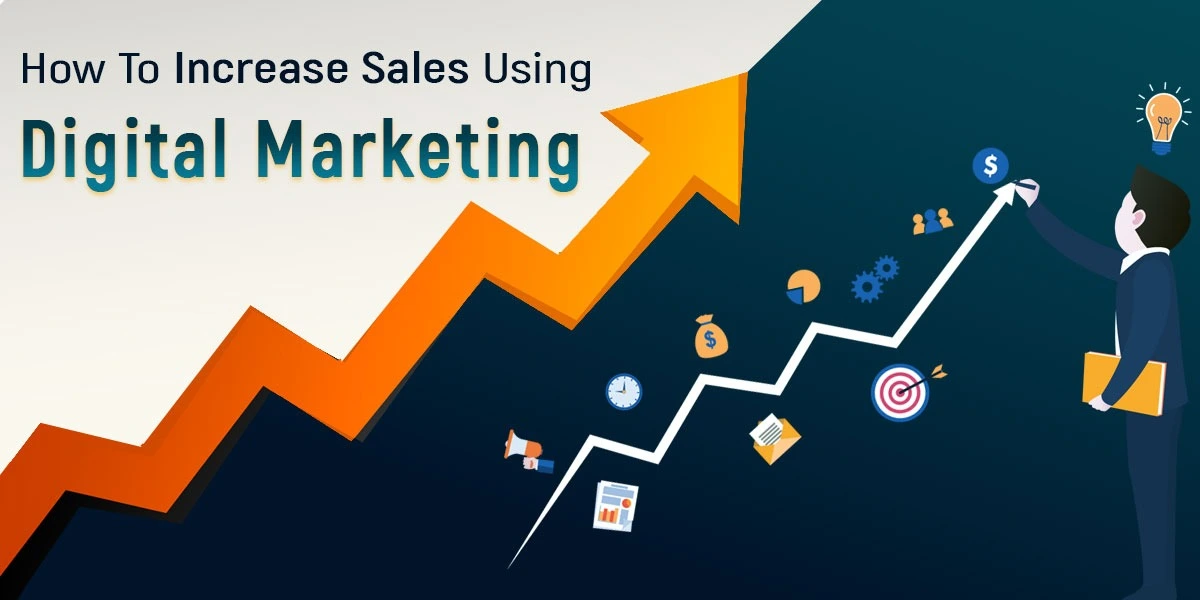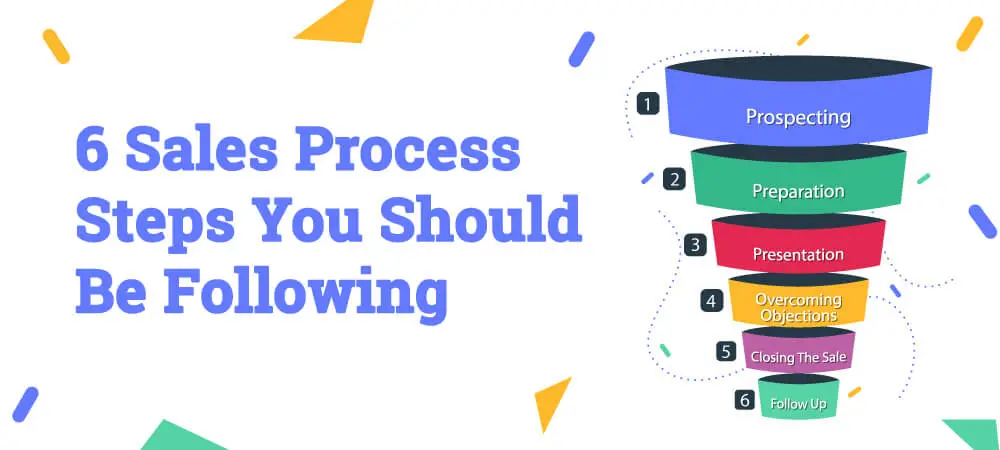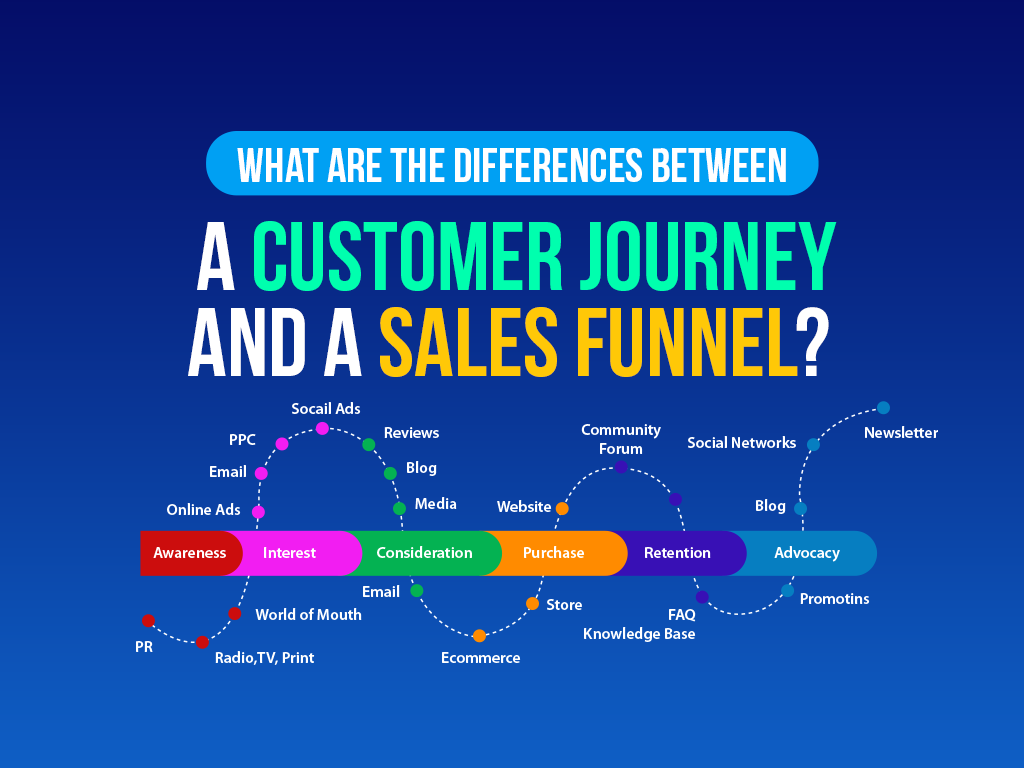Mastering End to End Sales with Digital Strategies
Mastery of sales doesn’t happen in the course of a sale pitch but over a whole customer journey from prospect to conversion. In the age of digital sales, closing the loop means having strategies that track and optimize every touchpoint along the way. From digital tools to marketing metrics, businesses can get valuable insights about their sales process and areas for improvement and, by extension, drive revenue growth. Understand closed-loop marketing and how it can be used to drive sales success with this informative article on 5 Closed-Loop Marketing Metrics You Should Be.
1. Automate sales processes for efficiency and effectiveness.
2. Align marketing and sales teams to communicate effectively.
3. Harness data analytics in the improvement of sales strategies and decisions.
4. Personalize customer interactions for better engagement and conversion.
5. Implement CRM systems to track and manage all customer relationships.
6. Digital channels optimization for best end-to-end sales support
Understanding End-to-End Sales
Definition and Components of End-to-End Sales
One of the most critical topics of mastering end-to-end sales would include understanding the idea and the elements of the sales process from beginning to end. End-to-end sales denote the full cycle of a customer’s journey-from initial contact to the final sale and even further. This includes all touch points or interactions that happen at these stages from lead generation, nurturing, closing the sale, and post-sales support.
Aligning Sales with Customer Journey
The sales teams should align their strategy to that of the customer journey where there is no tear and rent on the seam of a marriage of sales. Each stage within the customer journey- awareness, consideration, decision, and retention should mean focusing on each of these stages according to the sales teams, thus; this helps in improving the chances of successful sales as well as establishing long-term customer relationships.
This includes using data and analytics to understand more about what customers want, how they behave, and where they find pain points in the process of the customer journey. From here, sales can truly optimize their approach while making every interaction more personalized to every customer and yet delivering targeted solutions that address specific points at each individual stage of the customer journey.
Digital Strategies for Sales Optimization
Using Big Data and Analytics for Sales Leverage
Even in this highly competitive landscape of modern sales, every business can achieve strategic advantage if it successfully employs big data and analytics in driving sales insights. Big data will help companies track the buying patterns of a customer, analyze market trends, and grasp any kind of up-sell or cross-sell opportunities that can be honed.
Automation and AI in Personalizing the Sales Experience
Experience has amply proved that the coming together of automation and AI will revolutionize sales through a more personalized customer experience. The routine task of responding to orders and following up will become streamlined through the automation element, and AI algorithms will weigh the patterns of customer data to provide customers with tailored recommendations or customized solutions.
In fact, knowledge and understanding of what customers want and how they behave is very fundamental to personalizing the sales experience. Through automation and AI technologies, a sales team is able to cater to communications, propose relevant products, and predict what a customer needs for an improved overall sales process and increased customer satisfaction.
Implementation of Digital Sales Funnel
Setting Up an Effective Digital Sales Funnel
Sales funnels are the lifeline of guiding potential customers through the journey to conversion. Marketers can, therefore, carry out strategic planning at each contact point and maximize sales and revenue by mapping out the various stages which a prospect undergoes-from being aware of the product up to purchasing it.
Key Performance Indicators of Success
A funnel only works if it’s measurable. A digital sales funnel has to track the right key performance indicators, such as, but not limited to conversion rates, click-through rates, and customer lifetime value. All these give a good view of what is working and where you need to improve so that you can actually fine-tune the funnel for maximum results.
Furthermore, with analytics tools like Google Analytics, you will track these KPIs in real time and get the data needed for data-informed decisions constantly refining your digital sales funnel for optimal performance.
Closing the Loop – Mastery of End-to-End Sales using Digital Strategies
Strategies for Long-Term Customer Engagement
With the opportunities in digital marketing, businesses can have many options to foster rich, healthy customer relationships. Using personalized email campaigns, loyalty programs, and targeted social media interaction will help make customers familiar with the business like the back of their hand, thereby leading to higher brand loyalty, which ultimately translates into greater retention rates.
Upselling and Cross-selling through Digital Platforms
Any business venture seeking to achieve full revenue potential will always determine relationships with customers to be of extreme importance. One such efficient way would be to build on the selling of more products or services either through upselling or cross-selling using digital platforms. The businesses can use analyses based on customer behavior and suggest product or service offerings based on customers’ online shopping behavior to increase average transaction values and overall sales.
Customers are the crux of any business and up-selling and cross-selling through digital tools is quite critical for the company’s bottom line. Through understanding the behaviors and preferences of customers, business houses can specifically frame their offers and recommendations for individual needs that would translate into win-win relationships for revenue growth.
Overcoming Common Challenges
Integration of Technology and Human Touch
Perhaps the most important difficulty in the art of mastering end-to-end sales is finding the correct balance between utilizing technology and having a human touch to the sales process. In today’s digital world, an appropriate balance of cutting-edge technology with the human touch in the sales strategy can be both a bane and a boon for businesses, taking into consideration the seamless and smooth communication that it can bring into the business, the efficiency of processes, data insights, and improved customer experience. Building relationships, understanding customer needs, and providing personal touch points are essential elements of effective sales interactions that technology cannot replicate.
Adapting to Changing Consumer Behavior
Challenge: Overcoming the challenge of adapting to changing consumer behavior. Today’s consumer is empowered and as knowledgeable as ever because of e-commerce, social media, and an avalanche of information at their fingertips. Agility in the sales approach of companies can only be realized by adapting constantly to changes in consumer preferences and expectations. A business needs to therefore understand its target market, monitor industry trends, and be willing to make a switch when consumers alter direction. A business can therefore position itself for sustained success within the competitive marketplace by being sensitive to customers’ needs and habits.
To summarize
Of course, the avenue to effectively leverage the mastery of end-to-end sales with digital tools is possible only through a holistic approach that would encompass the inclusion of technology, data analysis, customer engagement, and continuous optimization. Growth in revenue, high customer satisfaction, and success in the business are by-products of leveraging the power of digital tools and strategy. This is a call for organizations to change and evolve with changing market dynamics and consumer behavior so that their end-to-end sales process stays efficient, effective, and customer-centric. In today’s changing landscape, business houses engage in this digital transformation by using a holistic approach to sales so as to stay ahead of the curve and realize their full sales potential in a digital age.
Mastering End to End Sales with Digital Strategies
Mastering End to End Sales with Digital Strategies
Sales-cycle-automation-best-practices/
Handling-objections-in-your-sales-pitch
Written by Rajdeep Chauhan






